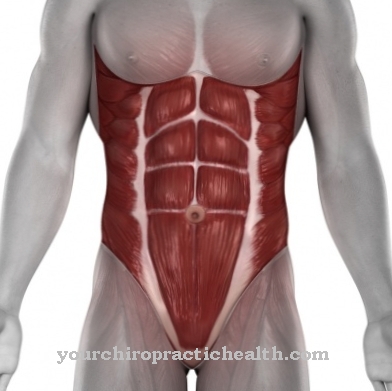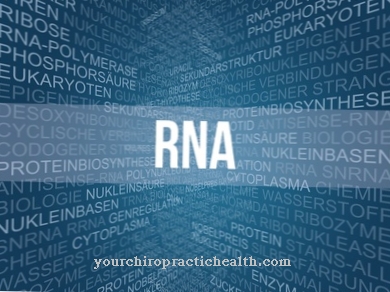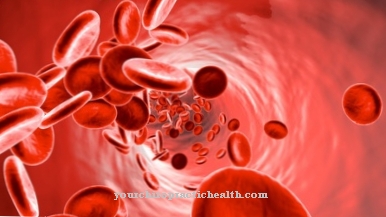As systolic blood pressure is the term used to describe the peak blood pressure in the arterial part of the body's circulation, which is caused by the contraction of the left ventricle and, when the aortic valve is open, continues into the aorta and through its branches into the arteries. The blood pressure peak is dependent on several fixed and variable factors, including the cardiac output, the elasticity of the vascular walls and the vascular tone.
What is systolic blood pressure?

The systolic blood pressure embodies the blood pressure peak that arises in the arterial part of the great blood circulation for a short moment during the contraction phase (systole) of the left ventricle. The peak pressure in the arteries depends on the cardiac output, the elasticity and tone of the arterial vessel walls and the functionality of the aortic valve. The aortic valve must open during systole to allow blood to flow into the aorta under the pressure created by the left ventricle.
During the subsequent diastole, the relaxation and resting phase of the heart chambers, the aortic valve closes in order to maintain a residual pressure, the diastolic blood pressure, in the arterial system and to prevent blood from flowing from the aorta back into the left chamber. The systolic blood pressure can be adjusted almost instantaneously within certain limits to changing requirements by the autonomic nervous system through the release of stress hormones.
The regulation of the systolic blood pressure takes place via the tension or relaxation of smooth muscle cells, which enclose the arterial vessels like a screw and can expand their lumen through contraction in order to reduce the vascular resistance.
Function & task
The control and short-term adaptation of the blood circulation to rapidly changing requirements takes place via the heartbeat frequency and by influencing the systolic blood pressure in the arterial part of the great blood circulation. The processes are controlled by stress hormones, which are mainly produced by the adrenal gland. Stress hormones cause the smooth muscle cells in the so-called muscular arteries to contract and thus expand the lumen of the arterial vascular system, so that lower vascular resistance leads to higher throughput. The necessary supply of muscles and organs can thus be adapted to short-term peaks in demand.
In addition to the short-term adaptation of the blood circulation to changing requirements, the systolic blood pressure fulfills another important task. In the pulmonary circulation, carbon dioxide is exchanged for oxygen in the alveoli, and the exchange of substances between blood and tissue cells within the body's circulation takes place in the capillaries that form the transition from the arterial to the venous side of the bloodstream.
Both systems are dependent on a blood flow that is as continuous as possible and on a certain residual pressure in the microscopically fine veins in order to perform their mass transfer function. If the pressure falls below a certain value, the alveoli and capillaries tend to collapse, which is not reversible. In the case of collapsed alveoli and capillaries, adhesive forces cause their membranes to stick together so tightly that even increased blood pressure cannot restore their functionality. The systolic blood pressure is used to build up the pressure in the arterial part of the body and pulmonary circulation so that the necessary residual pressure is maintained during the recovery phase of the chambers in order to maintain the alveolar and capillary system.
Due to its elasticity, the arterial vascular system performs a kind of wind kettle function. This means that the elastic arterial vessels contract a little when the pressure drops and are actively involved in maintaining the diastolic pressure. This creates a smooth, almost continuous flow of blood in the alveoli and capillaries.
Due to the peculiarity of the heart muscles, which cannot be controlled analogously like the skeletal muscles, but only knows the reactions contraction or non-contraction, the heart chambers cannot take on the function of pressure control or maintenance of pressure in the arterial vascular system. The contraction phase of the chambers always lasts 300 milliseconds with only minor deviations. This means that until the next systole, at a low heart rate of less than 60 Hz, there is a "resting phase" of 700 to 900 milliseconds, which the arterial vascular system must overcome without suffering a complete loss of pressure.
Illnesses & ailments
The systolic blood pressure may vary individually and depending on the requirement situation within certain limits, but compliance with the generally recognized limit values assumes that all system components are in perfect working order. To maintain normal systolic blood pressure, which should be between 120 and 140 mm Hg at rest, full functionality and efficiency of the heart and heart valves is a basic requirement.
Another prerequisite is a functioning arterial vein system that has both its elasticity and the hormonal controllability of its lumen. The systolic - and also the diastolic - blood pressure can usually move unnoticed into a chronically pathological area even with a functional impairment of a system component and, as secondary damage, cause serious health problems such as cardiovascular diseases, heart attacks, strokes or a hypertensive retinal disease.
In addition to the functionality of the “mechanical” components of the cardiovascular system, compliance with the limit values for systolic blood pressure also requires functioning hormonal control via the renin-angiotensin-aldosterone system (RAAS). It is practically the control software of the system.
One of the most common pathological changes that can directly affect systolic blood pressure is arteriosclerosis. It is a kind of progressive sclerotization of certain arteries, which lose their elasticity and their cross-section narrows. The function of the arteries in terms of controlling systolic blood pressure is therefore severely restricted. In up to 80 percent of cases of arterial hypertension, no organic defects can be seen. Such high blood pressure is called primary or essential.




























.jpg)